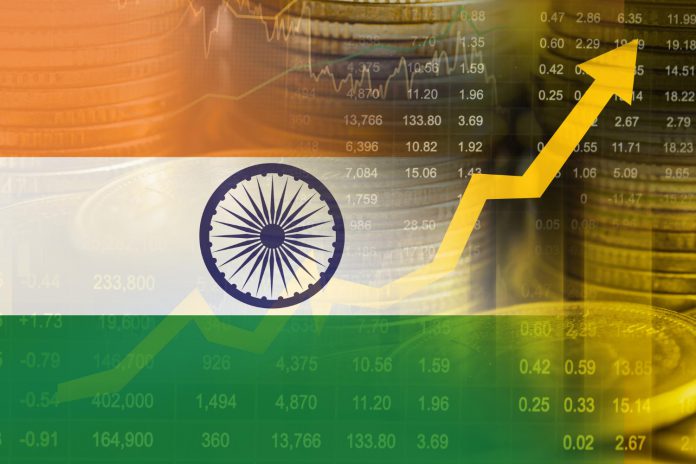The “rise of domestic consumption plays” refers to the increasing importance of internal consumer spending as a key driver of economic growth within a country. This is a shift from traditional models that heavily relied on exports and foreign direct investment. Instead, economies are now looking inward, focusing on the purchasing power of their own citizens to sustain and accelerate growth. This trend is particularly evident in emerging markets like India, where a massive and growing population, coupled with rising incomes, is creating a powerful engine for economic activity.
Factors Driving the Shift
Several intertwined factors are fuelling this trend, creating a virtuous cycle of growth.
Demographic Shifts and Urbanization
As countries urbanize, populations move from rural to urban areas. This shift leads to changes in lifestyle, income, and spending habits. Urban residents typically have higher disposable incomes and are more inclined to spend on a wider variety of goods and services, from processed foods to digital subscriptions. This creates new market opportunities and boosts consumer demand. A great example of this is India, where the rural population moving to urban centers is driving an increase in consumption of both food and non-food items.
Rising Incomes and a Growing Middle Class
A key ingredient for a consumption-driven economy is a growing middle class with increased purchasing power. As incomes rise, households can afford more than just necessities. They start spending on aspirational items like consumer durables, electronics, and leisure activities. This surge in discretionary spending is a significant factor in boosting a country’s GDP. India’s recent economic growth, for instance, has been powered by a rise in household spending, fueled by higher employment and buoyant consumer sentiment.
The Role of Technology and E-commerce
Technology has acted as a catalyst, making it easier than ever for businesses to reach consumers and for consumers to access a vast array of products. The proliferation of smartphones and the internet has led to the rapid growth of e-commerce. Online marketplaces, digital payments, and personalized recommendations have transformed how people shop, democratizing access to goods and services even in remote areas. This technological leap not only stimulates spending but also creates a more efficient and competitive market.
Government Policies and Structural Reforms Governments are increasingly recognizing the power of domestic consumption and are implementing policies to support it. This can include initiatives to boost employment, reduce inflation, and simplify tax structures, such as India’s Goods and Services Tax (GST). Such reforms can enhance consumer confidence and put more money in people’s pockets, directly stimulating demand. For example, tax cuts and the rationalization of consumption taxes can give a direct boost to private spending.
The Future of Domestic Consumption Plays
The future of economies led by domestic consumption looks bright, but it’s not without its challenges. While consumption is a powerful engine, it needs to be balanced with investment-led growth to create long-term productive capacity. A focus solely on consumption might not lead to a significant increase in domestic production if a large portion of the goods consumed are imported. Countries like India are a prime example of this model in action. Over 60% of India’s GDP is driven by domestic demand, making it more resilient to external shocks like trade tariffs. However, to ensure sustainable growth, a country must invest in infrastructure, technology, and skills development to support its growing consumer base. The focus is on a balanced approach, where domestic demand is a strong foundation, and a robust production and export sector adds to the country’s economic strength. Ultimately, economies that can successfully leverage their large, young, and increasingly affluent populations will be the ones that thrive in the coming decades.




